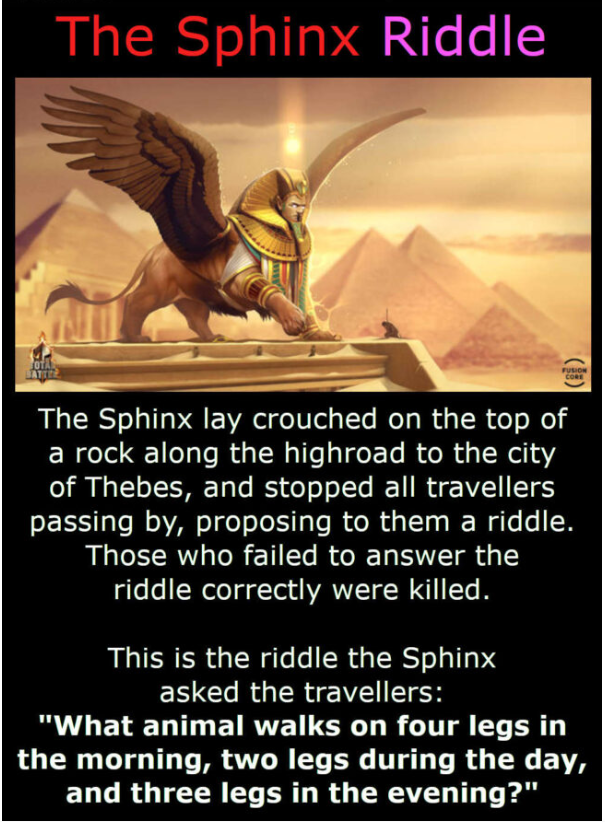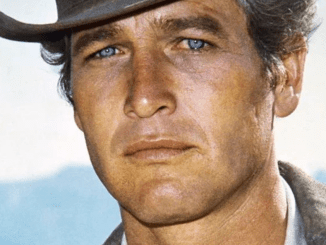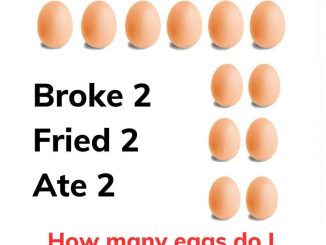In the captivating realm of classic mythology, few enigmas have captured the human imagination quite like the riddle of the Sphinx. This mythical creature, with the body of a lion and the head of a woman, would crouch atop a rock along the main road to the ancient city of Thebes, posing a seemingly simple yet profoundly complex question to every traveler brave enough to attempt an answer.
The stakes were high for those who dared to solve the Sphinx’s puzzle. Failure to provide the correct response would result in a swift and gruesome end, as the Sphinx would pounce upon the unlucky traveler and destroy them. This made the Sphinx’s riddle a true test of both wit and courage for all who encountered it.
So, what was the riddle that struck fear into the hearts of Theban travelers? The Sphinx posed the following conundrum: “What animal walks on four legs in the morning, two legs during the day, and three legs in the evening?”

This seemingly straightforward question, steeped in symbolic meaning, was a true test of one’s insight into the human condition. The answer, as provided by the legendary Oedipus, was “man.”
In the morning of life, a human crawls on all fours as a child. In the prime of life, we walk upright on two legs. And in our twilight years, we rely on a cane or walking stick – our “third leg” to support us.
Oedipus’ clever response to the Sphinx’s riddle showcased his deep understanding of the human experience, from the vulnerable beginnings of infancy to the inevitable decline of old age. This profound insight not only solved the enigma but also revealed the Sphinx’s own mortality.
Stunned by Oedipus’ insightful answer, the Sphinx was so mortified that she immediately cast herself down from the rock, perishing in the process. Oedipus had solved the enigma and proven his intellectual prowess, paving the way for his eventual rule over Thebes.
The Sphinx’s timeless riddle continues to captivate and challenge us today, serving as a poignant metaphor for the stages of human life. Its enduring legacy reminds us that true wisdom lies in our ability to see the bigger picture and find deeper meaning in the simplest of questions.
As we ponder the Sphinx’s puzzle, we are invited to reflect on our own journey through life, from the initial dependence of childhood to the gradual independence and eventual decline of old age. By embracing the deeper symbolism behind the riddle, we can gain a greater understanding of the human experience and the universal truths that transcend time and culture.
So, are you up for the challenge? I dare you to ponder the Sphinx’s puzzle and see if you can uncover its profound secrets. By engaging with this timeless enigma, you may just find that the answers you seek lie not in the complexity of the question, but in the simplicity of the human experience.
The Sphinx’s riddle stands as a testament to the power of insight and the enduring nature of the human spirit. By solving this iconic puzzle, Oedipus not only saved his own life but also demonstrated the transformative power of wisdom and the ability to see beyond the surface of a problem.
As we navigate the twists and turns of our own lives, the Sphinx’s riddle reminds us to approach challenges with a keen eye, a creative mind, and a willingness to delve deeper into the human condition. For in doing so, we may just uncover the hidden truths that have the power to reshape our understanding of the world and our place within it.


